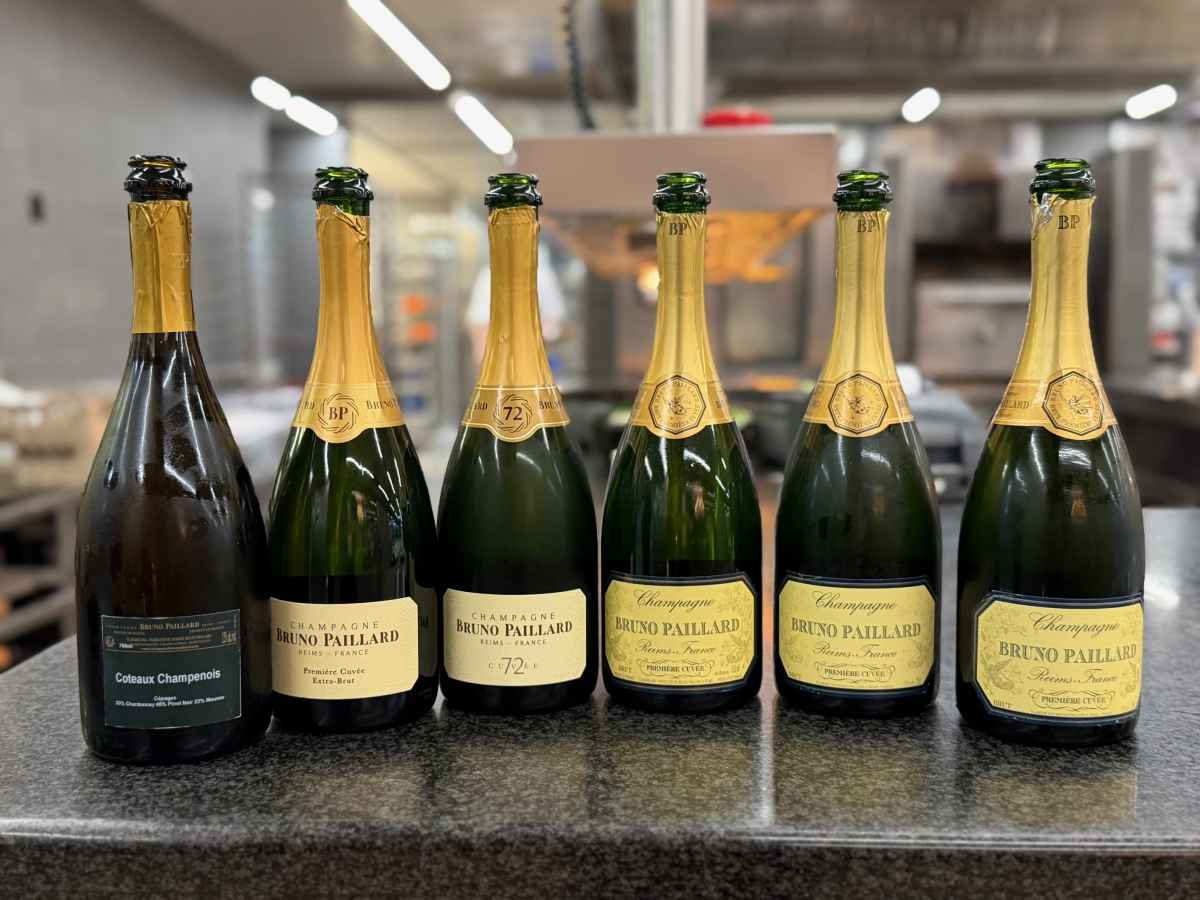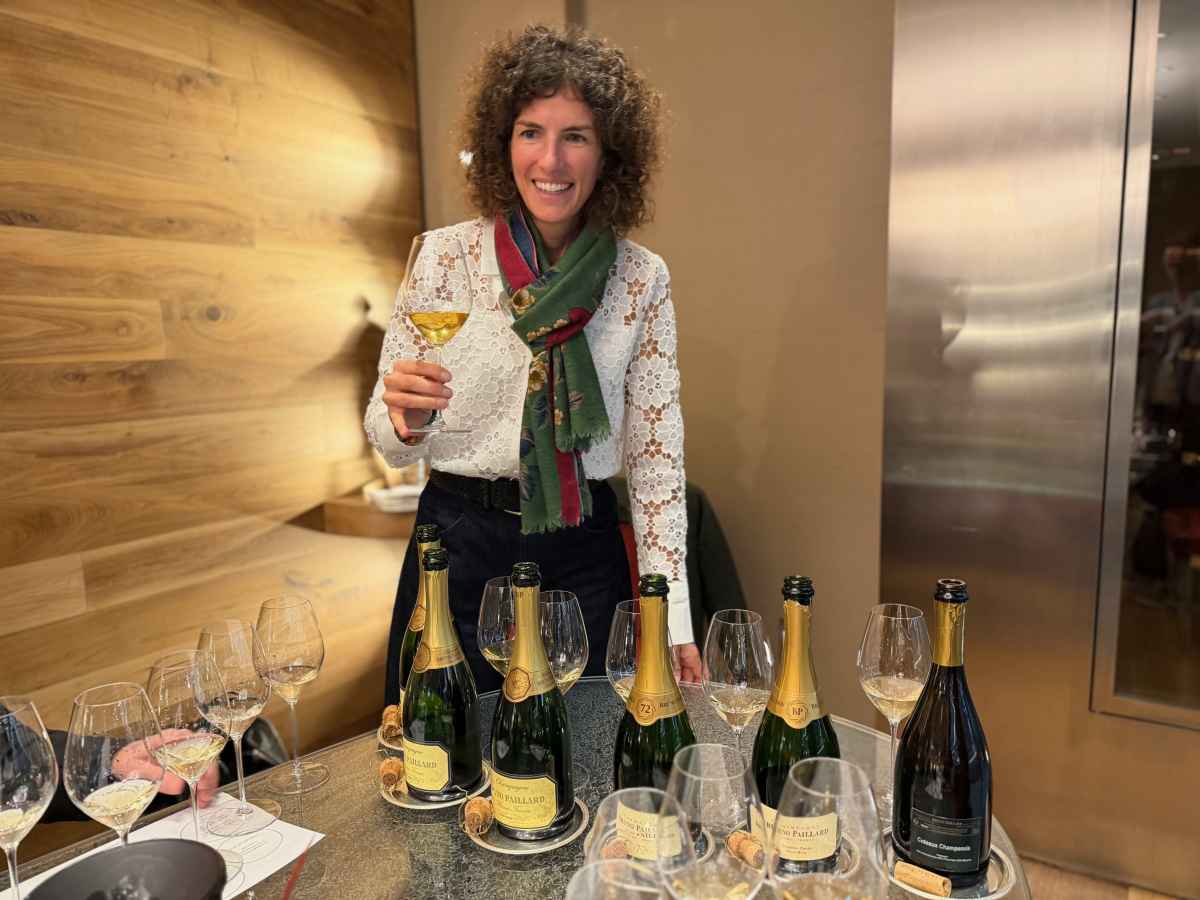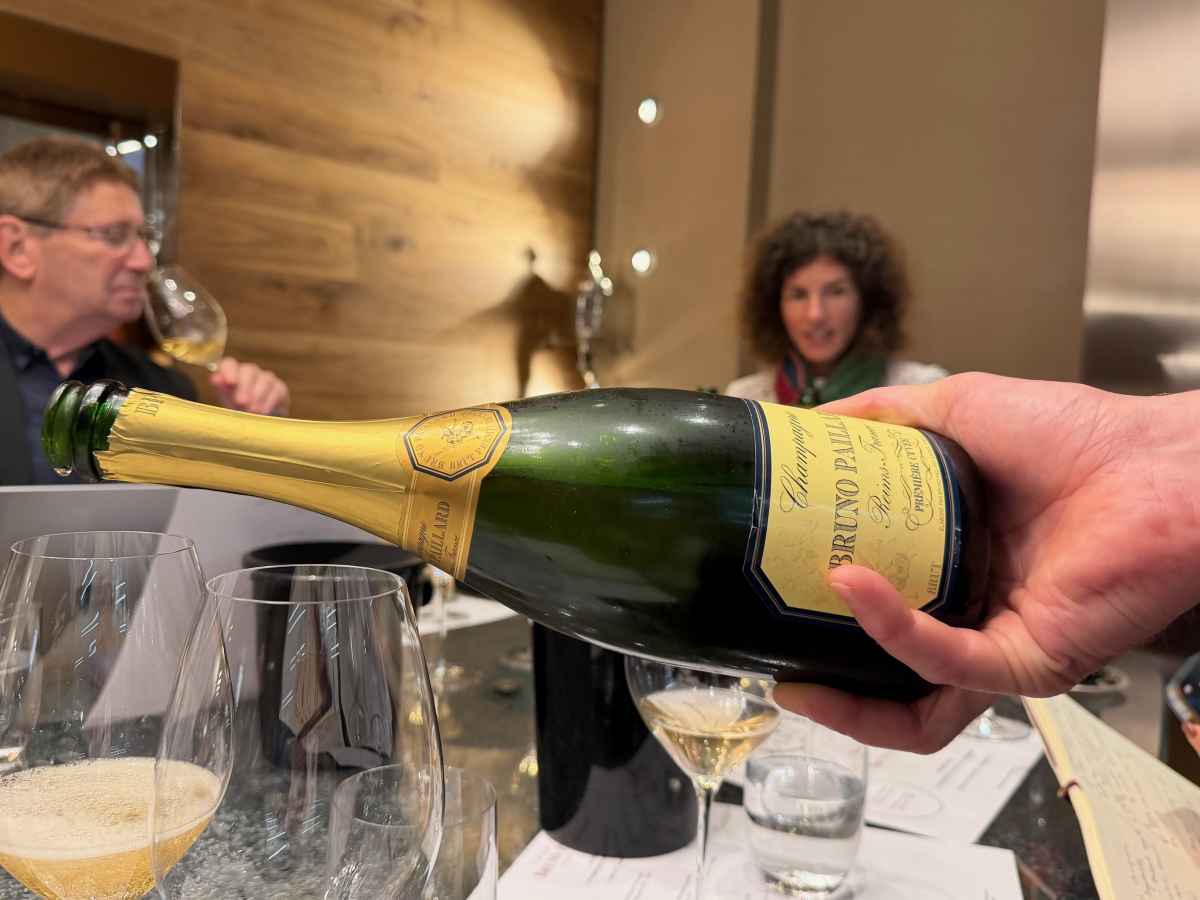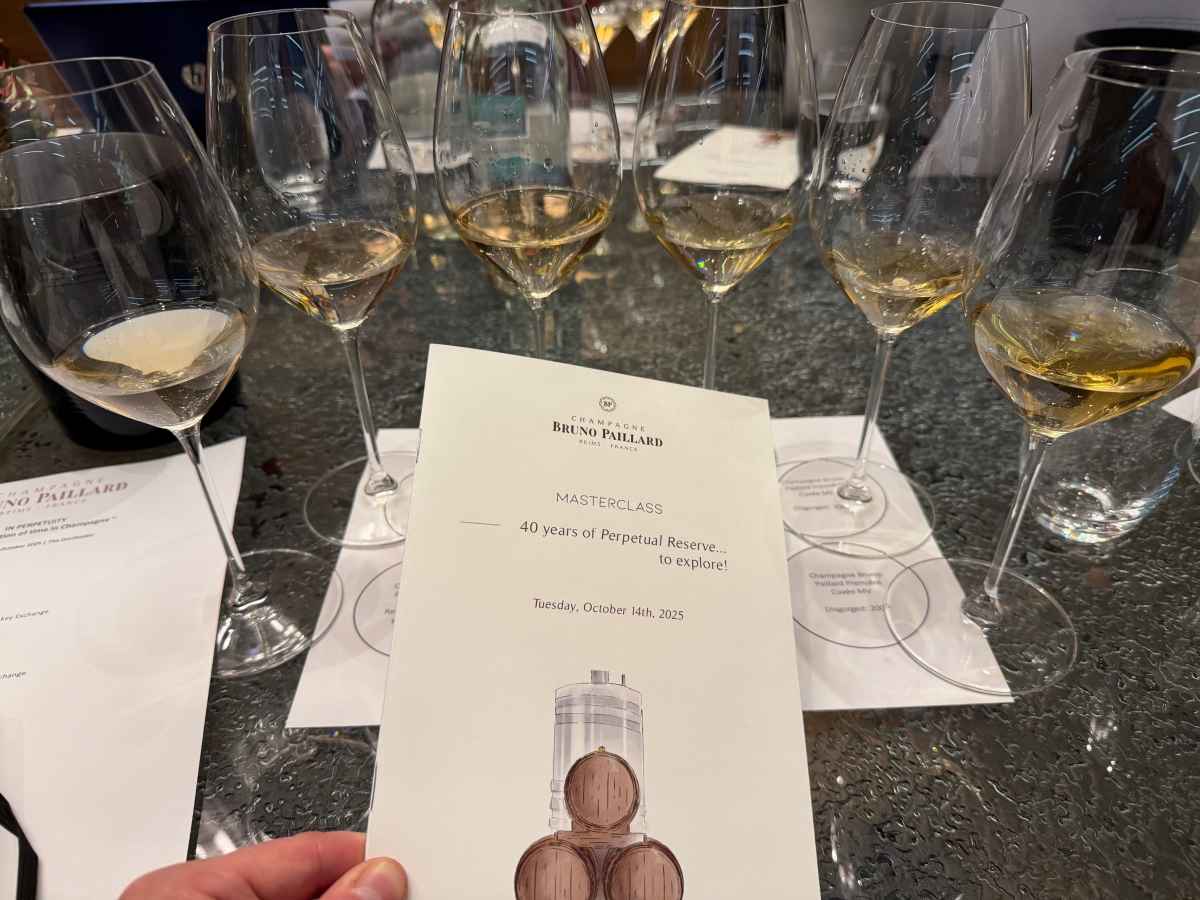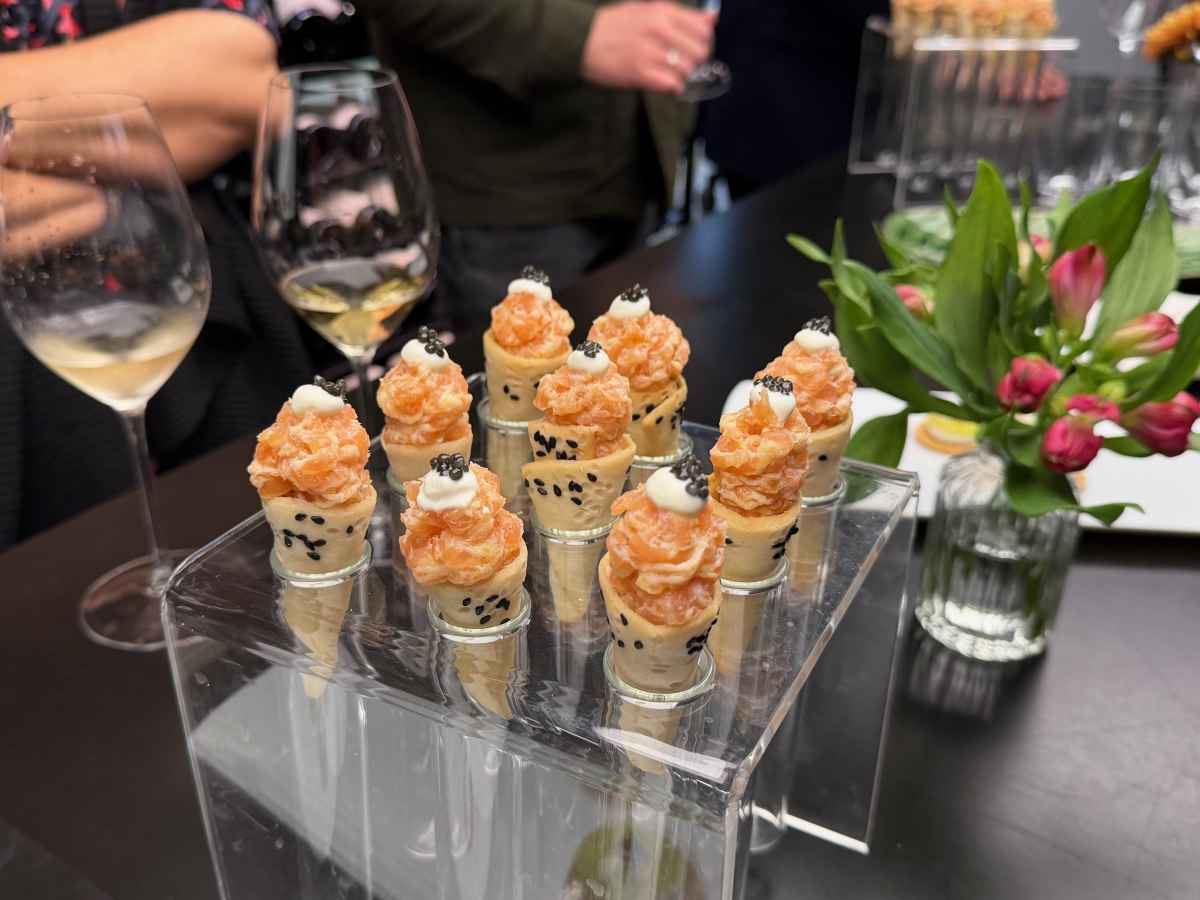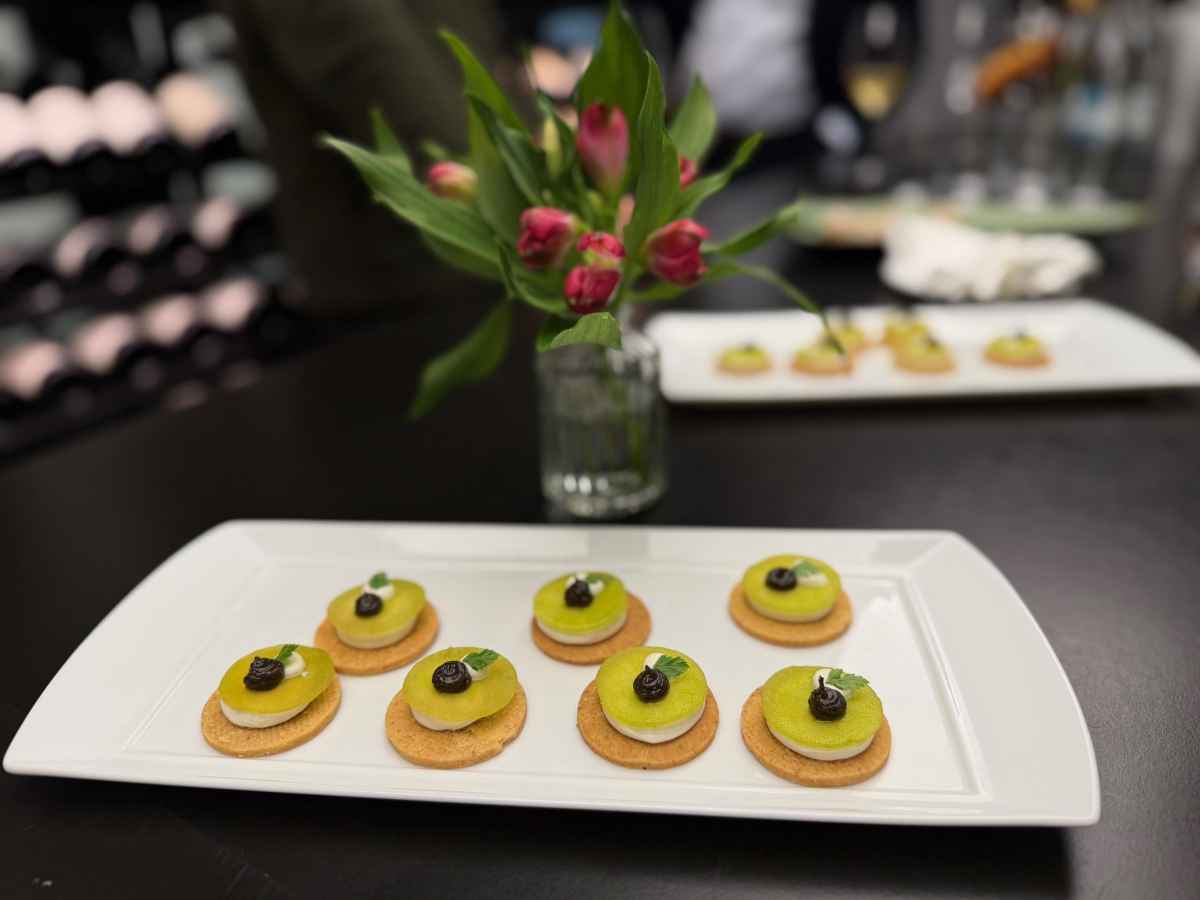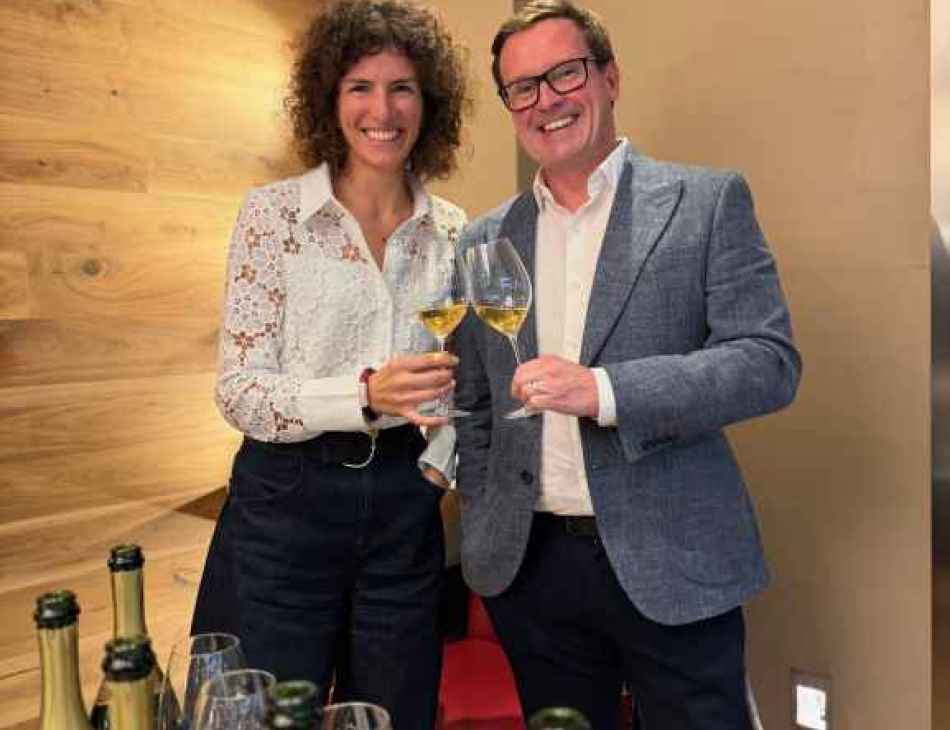Time in a Glass: A Rare Bruno Paillard Masterclass at The Dorchester
40 Years of Perpetual Reserve
Alice Paillard & Darren McCabe
There are tastings, and then there are moments that transcend the glass — where wine becomes a vessel for memory, philosophy, and time itself. Such was the experience at The Dorchester’s Chef’s Table, where a select few were invited to a rare Champagne masterclass led by Alice Paillard, daughter of Bruno Paillard and steward of the maison’s legacy.
The focus: Bruno Paillard’s Perpetual Reserve — a living archive of vintages dating back to 1985 — and a vertical exploration of the house’s emblematic Première Cuvée. In 1985 Bruno made a bold choice to create a Perpetual Reserve, one of the oldest in Champagne. A blend destined to evolve year after year with the addition of the latest vintage.,
A Liquid Archive: The Perpetual Reserve 1985–2023
The tasting began with the Coteau of the Perpetual Reserve, a blend that spans four decades. It was like sipping time itself — each vintage layered into the next, creating a Champagne of extraordinary depth and resonance. Unlike a classic reserve, where wines are kept separately by vintage, the Perpetual Reserve is a continuous blend, kept in oak barrels and stainless Steel. Notes of dried citrus peel, toasted almond, and subtle salinity danced across the palate, anchored by a spine of minerality that spoke of chalk-rich soils and patient élevage.
Alice described it as “a memory bank,” and indeed, it felt like a meditation on continuity — a wine that refuses to forget. “For forty years, our Perpetual Reserve has accompanied our quest for a Champagne that is alive – precise, vibrant and capable of travelling through time.
Première Cuvée: Exploring Time with The Old Disgorgement Collection
We then turned to the house’s signature expression, the Première Cuvée Extra-Brut, tasted across multiple disgorgements. Born from around thirty of Champagne’s most distinguished crus, the Perpetual Reserve accounts for around 33% of the final blend (on average over the past ten years but may vary). Each blend is treated to a minimum of 3 years on the lees, followed by at least 6 months of post-disgorgement.
Each bottle offered a distinct snapshot of time and evolution.
Current Disgorgement (Jan 2024)
36 Vintages in the Reserve, base Year of 2000, 36 months on the lees, followed by 19 months after disgorgement. Bright, precise, and energetic. A Champagne of tension and clarity, with citrus, white flowers, a whisper of spice and a delicious chalkiness.
2014 Disgorgement (May 2014)
27 vintages, a base year of 2010 and 11 years after disgorgement. More settled, with a graceful arc of acidity. Citrus zest and crushed stone gave way to hints of pastry and hazelnut. The palate followed through with bruised apple and honey, finishing on roasted almond. Silky texture, long finish — a brilliant example of what time in bottle can do. This was my favourite!
2009 Disgorgement (December 2009)
A base year of 2005, 22 vintages and 16 years after disgorgement. Richer, rounder, with notes of baked pear, brioche, and a touch of honey. A wine in its prime, confident and expressive.
2005 Disgorgement (September 2005)
A base year of 2001,17 vintages and 20 years after disgorgement. Deeply mature, with oxidative complexity. Aromas of dried fig, tobacco leaf, Christmas spice and toasted walnut lingered long after the final sip.
Each disgorgement revealed not just the passage of time, but the philosophy of Bruno Paillard — a commitment to low dosage, long ageing, and the pursuit of purity.
Cuvée 72: The Art of Patience
The Cuvée 72, taking its name from the fact it is aged for 36 months on lees in the cellar and then another 36 months after it leaves the lees and matures for a second time (well, at least 36 months). The one we tasted had enjoyed 50 months after disgorgement, 33 vintages, with a base year of 2017. The bubbles are fine, the acidity lively, and it all comes together in a long, creamy finish. Elegant and refined, there’s less fruit and more flowers.
Reflections at the Table
Alice described Champagne as “a dialogue between time and terroir,” and her words echoed in every glass. The setting — The Dorchester’s Chef’s Table — added a layer of intimacy and gravitas, allowing each wine to speak without distraction.
This was not a tasting for scores or soundbites. It was a rare opportunity to engage with Champagne as a living, breathing entity — shaped by decades, decisions, and the quiet artistry of a Maison that values memory as much as innovation.
After the official masterclass, we share more Champagne over delicious Dorchester canapes and were joined by UK Agent (Retails and Trade), Richard Ellison from Wanderlust Wines. To celebrate this milestone, Maison Bruno Paillard and Wanderlust Wine have created a limited edition “Champagne Bruno Paillard Late Disgorgement Collection”, which features three Champagne expressions: Première Cuvée; Cuvée 72; and a 2017 year disgorgement (£250).
In addition, for a limited period, Wanderlust Wine has a selection of single bottle late disgorgement expressions of Première Cuvée:
- Première Cuvée Old Disgorgement Collection (Disgorged 2019): £95
- Première Cuvée Old Disgorgement Collection (Disgorged 2017): £125
- Première Cuvée Old Disgorgement Collection (Disgorged 2014): £165
Champagne Bruno Paillard » Wanderlust Wine
www.champagnebrunopaillard.com
| @ChampagneBP_eng |@champagnebrunopaillard
Closing Thoughts
In a world that often celebrates immediacy, Bruno Paillard’s wines remind us of the beauty of patience. The Perpetual Reserve is not just a blend; it is a philosophy. And the Première Cuvée, across its disgorgements, tells a story of evolution, integrity, and time well spent.
As I left The Dorchester that evening, I carried with me not just tasting notes, but a renewed appreciation for Champagne’s ability to capture the intangible — to bottle time, and to pour it, generously, into the present.

